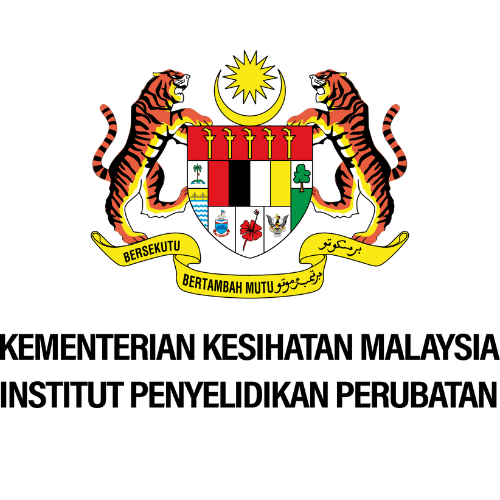Scientific Name
Fagraea racemosa Jack
Synonyms
Fagraea malayana Mart., Fagraea pauciflora (King & Gamble) Ridl., Fagraea thwaitesii F.Muell., Willughbeia volubilis Spreng. [1]
Vernacular Name
| Malaysia | Membera gading; setebal (Peninsular); engkudu hutan (Sarawak) [2]; dada kura, kahwa hutan, kahwa utan, kopi hutan, kopi utan, lidah rusa, mempuleh, mengkudu badak, mengkudu utan, pakan ayer, pakan paya, puleh, riang-riang, gelugor, rumpo-rumpo, sebereteh kayu, sekobang, sepuleh, sepulis, sepulit, serawas paya, seruas, setebal, setubal, tahi musang, tembusu ayer, tembusu paya, tengkok biawak [3] |
| English | False coffee tree [2], stone wood [3] |
| India | Inveh, rohekui [3] |
| Indonesia | Ki cankuda (Sundanese); melingu (Javanese); kayu si markopi-kopi (Sumatra) [2]; Kayu batu [3] |
| Thailand | Thum bok; phawa nam; waa nam (Peninsular) [2] |
| Philippines | Balatbuaya (Filipino); kukodmon (Bikol) [2]; baagu, bago-sala, bulubuaia, hambuaia, himbubuaia, kabal, kibuaia, kukodmon, libakan, mangusiak, makatibuha, malabago, malabuaia, talob-alok [3] |
| Cambodia | Han tuk (Koh Kong); nho pre (Kampot); prahout tuk (Kandal, Kompong Thom) [2] |
Geographical Distributions
Fagraea racemosa is found in Southern Burma (Myanmar), Thailand, Cambodia, Vietnam, the Andaman and Nicobar Islands, throughout the Malaysian area, except for the eastern half of Java and the Lesser Sunda Islands, to the Solomon Islands and northern Australia. [2] F. racemosa is highly variable and several forms have been distinguished. It is found in light to dense primary but more often secondary forests in swampy to dry soil, along rivers but also on podzolic sands, in savannas and “lalang” grassland vegetation. Locally, it is a conspicuous element of early secondary forests on waste lands and poor soils. The density of the wood is 700-870 kg/m3 at 15% moisture content. [2]
Botanical Description
F. racemosa is comes from the family Loganiaceae. It is a shrub or small to medium sized tree up to 25(-40) m tall while the bole measures up to 30 cm in diametre and without buttresses while the surface of the bark is smooth but becomes narrowly and deeply fissured. It is pale grey to dark grey-brown and the inner bark is yellow-brown. [2]
The leaves are very variable, from broadly ovate via elliptical to obovate-oblong, lance-shaped or rarely even linear, measuring 5-50 cm x 1-23 cm, with rounded to acute apex and often short to long acuminate. The secondary veins are distinctly prominent below and with petiole 0.2-5 cm long. The stipules connate into an ocrea that surrounds the stem. [2]
The inflorescence is terminal and usually droops. The pedicel is with bracteoles at the base. The petal tube is funnel-shaped, 2-4 cm long and with faintly 2-lobed stigma.
The fruit is nearly spherical to ellipsoid-ovoid, apiculate, bluish or greenish or red when ripens.
Cultivation
No documentation.
Chemical Constituent
No documentation.
Plant Part Used
No documentation.
Traditional Use
No documentation.
Preclinical Data
No documentation.
Clinical Data
No documentation.
Poisonous Management
No documentation.
Line Drawing

References
- The Plant List. Ver1.1 Fagraea racemosa Jack [homepage on the Internet]. c2013 [updated 2012 Mar 23; cited 2015 June 1] Available from: http://www.theplantlist.org/tpl1.1/record/kew-2807506.
- Fagraea racemosa Jack ex Wallich. In: Lemmens RHMJ, Soerianegara I, Wong WC, editors. Plant Resources of South-East Asia No.5(2): Timber trees: Minor Commercial Timbers. Leiden, Netherlands: Backhuys Publishers; 1995.
- Quattrocchi U. CRC World Dictionary of Plant Names: Common names, scientific names, eponyms, synonyms, and etymology. Volume III E-L. Boca Raton, Florida: CRC Press; 2012. p. 212.



